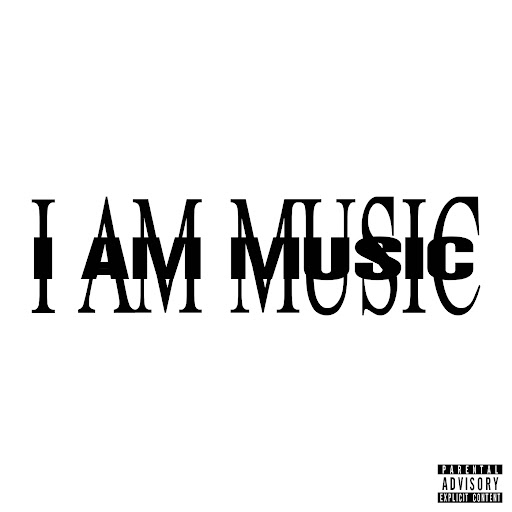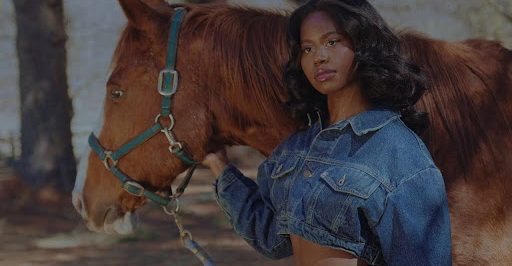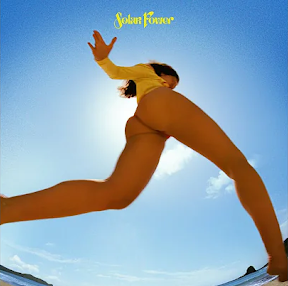For those expecting a new Kendrick Lamar album in the same vein as 2012’s “Good Kid, M.A.A.D City,” this is not the album you’ve been waiting for. “To Pimp a Butterfly,” which was released online a week ahead of schedule, is very different from its predecessor in many ways. “Good Kid” was a concept album that revolved around a narrative about a day in the life of Lamar in his native Compton.
The picture he painted was not a rosy one, with the story descending into a violent climax that resulted in the death of a friend. The album garnered Lamar much critical acclaim and sold very well on the strength of club- and car-friendly singles.
Following up the album would not have been an easy task for Lamar and he must have known it going into the studio. He clearly did not want to make the same album again, and there is no greater sign of this than the fact that there is no real narrative in “To Pimp a Butterfly.”
Instead, the songs play on connected themes of Lamar facing his inner demons, his insecurities, race, overcoming injustice and his place in music and the world at large.
He explores the ideas running through his head in the series of songs and interludes. One idea that really stands out among the others is “misusing your influence.”
Lamar found himself to be a household name with a breakthrough album people were hailing as a modern classic. He would speak and knew millions of people would be listening. The pressure to do the right thing and say what should be said began to weigh on him.
On “u,” Lamar explores his deepest and most real emotions and lets us hear them in the rawest way possible. The track’s first verse shows his regret of not being there for his sister and admitting his issues with depression and alcoholism. Fame and having a platinum-selling album didn’t do much to help him. “Numbers lie too, f*** your pride too, that’s for dedication/Thought money would change you, made you more complacent.”
In the second verse, he goes deeper with his depression and tells the story of his friend who died in the hospital from complications after a drive-by. Lamar was on tour and wasn’t able to visit him in time.
Audibly, the verse is among the most inventive I’ve ever heard in a song. Lamar raps as if he was actually crying. You can hear the tears when listening to this one. Mid-sentence, we hear him take gulps from his glass and continue to rap. Although the song can sound like him winning in your headphones, it’s way more than just a rapper complaining how much it sucks to be famous.
“Blacker the Berry,” is arguably the strongest track on the album. Lamar speaks of racism and being a black American in 2015. With allusions to Ferguson and Eric Garner, he shows his anger while asserting his pride in being black in the world with powerful lines such as “I’m as black as the heart of a f****** Aryan.” This track stands in strong contrast to the lead single “i,” which is overwhelmingly positive.
Once again he speaks about his black experience and life in Compton, but focuses on self-expression and overcoming adversity which is best heard in the chorus: “He said I gotta get up, life is more than suicide/I love myself/One day at a time, sun gon’ shine.”
Not writing about the production of “To Pimp a Butterfly” would be doing Lamar a disservice. Hip-hop isn’t hip-hop without the beats and these are some of the best beats I’ve heard in a while. Much like how the lyrics were informed by black experience, the beats are influenced by and contain samples of the predominately black genres of funk, soul and jazz.
In fact, the jazz influence is the strongest and most striking on the album. Jazz-rap hasn’t really been represented in the mainstream since the early 90’s with acts like A Tribe Called Quest and De La Soul. “For Sale?” has Lamar rapping over a free-jazz instrumental reminiscent of an Ornette Coleman recording. To further the jazz influence on the album, he enlisted the help of jazz-pianist Robert Glasper and virtuoso bassist Thundercat.
The album also features production from Flying Lotus, a producer making a name for himself in the last couple of years for his inventive fusions of hip-hop, jazz and electronic music.
With no songs on the new album that sound like the trendy electronic DJ Mustard style popular in right now, Lamar is taking a pretty big commercial risk.
Other than “i,” which was released last year and had a presence on radio and NBA commercials, I can’t see any of the songs on here getting much air-time. No one is going to want to dance to free-jazz in the club, myself included. “To Pimp a Butterfly” was designed to be heard through headphones and is best when you can give it your undivided attention.
The album is already sparking a lot of discussion among fans and will continue to be talked about and listened to for a long time. In a genre where too many of its top selling artists are either afraid or too complacent to take stylistic risks, “To Pimp a Butterfly” stands out as a refreshing artistic statement from Kendrick Lamar.
It’s even better than “Good Kid, M.A.A.D. City.”









